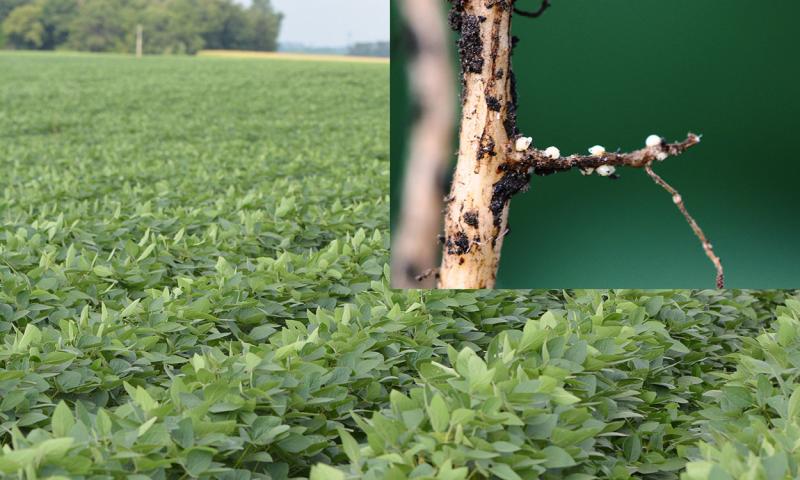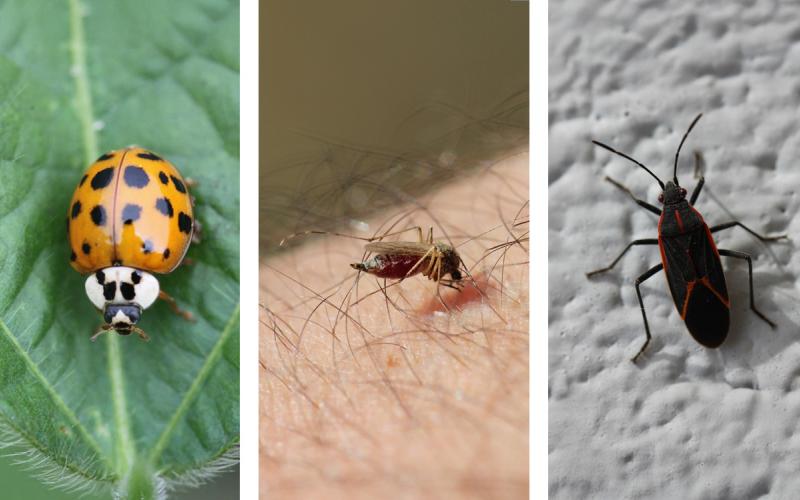
Written with contributions by Emmanuel Byamukama, former SDSU Extension Plant Pathologist.
As of July 1, the majority of the state is between moderate drought (D1) to extreme drought (D3) (U.S. Drought Monitor). Moisture stress coupled with above-normal temperatures have been linked with increased soybean cyst nematode (SCN) populations in the soil. While it is not clearly known why there is proliferation of SCN when soil moisture is low, research done at Iowa State has consistently shown high SCN population in fields under dry and hot conditions. It is thought that dry and hot conditions shorten the life cycle of the nematode (normally between 24 to 30 days). This quicker reproduction rate can create more SCN generations in a single growing season, which leads to higher egg counts in the fall-sampled soils. Soybean fields impacted by drought this year would be expected to see increased levels of SCN resulting in increased yield loss.
Soil Sampling
SCN is the number one soybean yield robber. SCN can be in the field and cause yield loss in soybean without necessarily showing above-ground symptoms on the soybean plants (Figure 1). By the time symptoms are seen, high SCN populations would already be occurring, and it would be more difficult to bring the numbers down. Therefore, it is important to perform periodic soil tests to determine if a field has SCN and to keep an eye on the SCN numbers in the soil of those fields. Testing for SCN in South Dakota is free of charge, courtesy of the South Dakota Soybean Research and Promotion Council. Soil samples should be sent to SDSU Plant Diagnostic Clinic. The submission form and sampling procedure can be found on their website.
Management Options
In order to keep SCN population in the soil below the yield-reducing level, there are a few management practices which can be used. The best SCN management practice is to use SCN-resistant soybean varieties. Although most of the resistant varieties have SCN resistance derived from PI88788, a few varieties with other sources of resistance, such as Peking, are becoming available. It is important to rotate between sources of resistance to avoid SCN populations adapting to the same source. Crop rotations with non-host crops, such as corn, wheat or alfalfa may help prevent SCN build up in the soil.
For fields with high SCN population (>6000 eggs per 100 cc of soil), nematicide seed treatments may help reduce SCN root infections early in the season. Several nematicide seed treatments are available on market. For the most-recent ones, such as Aveo and Trunemco, efficacy studies are underway.


